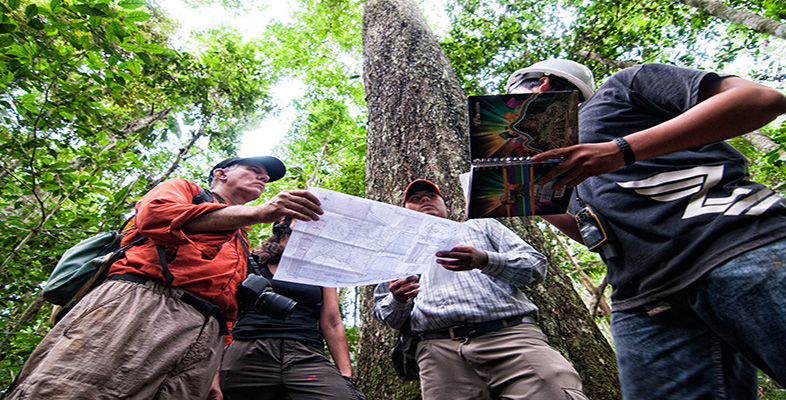3.3.1 Mapmaking for the twenty-first century
In early mapmaking history, maps were compiled from travellers’ tales, sailors’ logs and other maps. Information could, therefore, come from various sources and different dates. By the nineteenth century, maps were being made by more technically and scientifically rigorous procedures. Recently, mapmaking has benefited from developments in electronic surveillance techniques and computer programming. The Ordnance Surveys are now using aerial photography coupled with detailed checking on the ground. Maps can be updated more regularly and easily and can also be compiled from a much greater variety of information. With Geographic Information Systems (GIS) we can draw in or exclude layer upon layer of data to build up the final version. Global Positioning Systems (GPS) enable us to check locations to amazing levels of accuracy. Computer systems enable us to centre our maps at will and to include and exclude what we choose. We are promised the Millennium Map on our PCs (see Map 1 and the newspaper article at the start of this course. This is said to provide the end-user with much of the power that was previously in the hands of professional mapmakers, but it should not lead us to imagine that maps are at last neutral. Decisions still have to be made about the data and compilations, and not all of those decisions are made by us.
